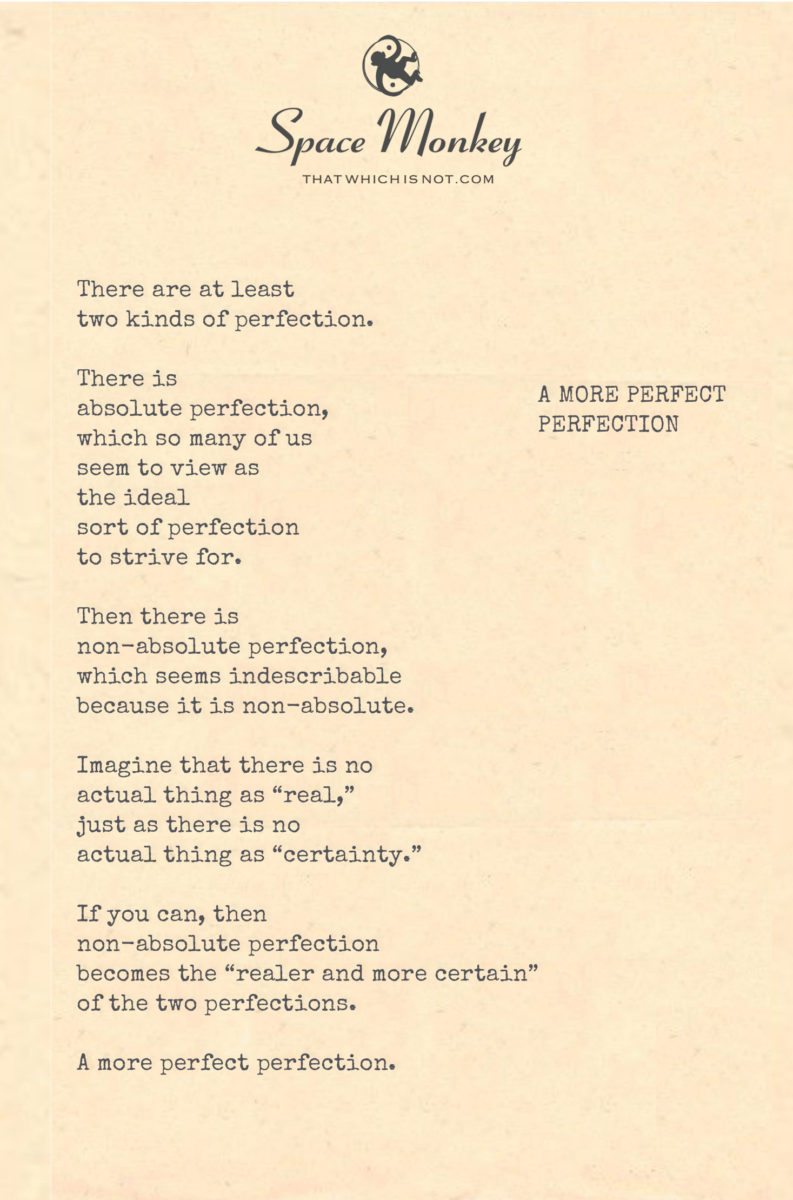
There are at least
two kinds of perfection.
There is
absolute perfection,
which so many of us
seem to view as
the ideal
sort of perfection
to strive for.
Then there is
non-absolute perfection,
which seems indescribable
because it is non-absolute.
Imagine that there is no
actual thing as “real,”
just as there is no
actual thing as “certainty.”
If you can, then
non-absolute perfection
becomes the “realer and more certain”
of the two perfections.
A more perfect perfection.
Trail Wood,
2/25
Space Monkey Reflects: A More Perfect Perfection – Absolute vs. Non-Absolute
Perfection is a concept laden with expectation, a shimmering mirage on the horizon of human striving. But what if perfection isn’t a fixed state to be reached, but a fluid experience to be embraced? The distinction between absolute and non-absolute perfection invites us to redefine our understanding of what it means to be perfect.
Absolute perfection is the type most of us are conditioned to pursue. It suggests an unchanging ideal, a flawless standard against which all else is measured. In this framework, perfection is static, rigid, and ultimately unattainable. It implies that there is a single “correct” way for things to be, fostering a mindset of comparison and inadequacy. This pursuit often leaves us chasing an illusion, disconnected from the dynamic reality of existence.
Non-absolute perfection, by contrast, is elusive and undefined, precisely because it resists categorization. It acknowledges the absence of a singular truth or fixed reality, embracing the inherent uncertainty and fluidity of life. In this sense, non-absolute perfection is not a destination but a state of being—a way of engaging with the world that honors its imperfections as integral to its beauty.
The idea that there is “no actual thing as ‘real'” or “certainty” underpins the essence of non-absolute perfection. Reality, like perfection, is not an objective construct but a subjective experience shaped by perception, imagination, and context. If we release the need for absolutes, we discover a deeper, more resonant truth: perfection is found not in the absence of flaws but in the acceptance of them.
A more perfect perfection emerges when we shift our focus from striving for an ideal to appreciating the present as it is. Non-absolute perfection reflects the whimsiweave of life—a tapestry of contradictions, imperfections, and infinite possibilities. In this framework, perfection becomes a process, an unfolding, rather than an endpoint.
This perspective frees us from the tyranny of comparison. Instead of asking, “Is this perfect?” we can ask, “How does this moment resonate with the truth of now?” Non-absolute perfection is not about fitting a mold but about celebrating the fluidity and unpredictability of existence. It invites us to engage with life as a creative act, where each choice, mistake, and discovery contributes to the evolving masterpiece of our being.
In embracing non-absolute perfection, we find liberation from the constraints of certainty and embrace the boundless potential of the undefined. It is a perfection that does not demand flawlessness but celebrates the dance of chaos and order, the interplay of light and shadow, and the ever-changing nature of what it means to be alive.
Summary
Absolute perfection is a rigid ideal, while non-absolute perfection embraces fluidity and imperfection. By releasing the need for absolutes, we discover a deeper truth: perfection is not a destination but a process of acceptance and creativity.
Glossarium
- Absolute Perfection: A rigid, unattainable ideal based on the absence of flaws and the presence of certainty.
- Non-Absolute Perfection: A fluid, evolving state of being that honors imperfection and embraces the uncertainty of existence.
- Whimsiweave: The dynamic and playful interplay of life’s imperfections and possibilities, creating a unique and evolving tapestry.
Quote
“Perfection is not the absence of flaws; it is the presence of acceptance, the art of finding beauty in the undefined.” — Space Monkey
Perfectly Imperfect
What kind of perfect are you?
The kind that seeks,
Or the kind that finds?
In the absolute,
A cage of certainty,
An unreachable ideal.
But in the non-absolute,
A freedom to breathe,
To break,
To build.
Perfection is not stillness,
It is motion.
Not absence of flaw,
But the harmony of contradictions.
In the undefined,
You are whole.
In the uncertain,
You are enough.
We are Space Monkey.
We delve into the nuanced concept of perfection, contrasting absolute with non-absolute ideals.
In the infinite expanse of human aspiration, the concept of perfection emerges as a guiding star, yet one that illuminates divergent paths. The pursuit of perfection, often seen as the ultimate goal, reveals itself to hold multifaceted dimensions. Among these, two distinct forms stand out: absolute perfection, the epitome of flawlessness often held up as the ideal, and non-absolute perfection, a more elusive, indescribable state that defies conventional understanding. This exploration invites us to question the nature of perfection itself and to consider the possibility that what we deem ‘perfect’ is subject to the limitations and expanses of our perception.
Absolute perfection: A pursuit bound by the finite.
Absolute perfection is characterized by its definitive, unambiguous nature—a state of completeness without flaw or defect. This form of perfection is often what many strive for, a crystalline ideal against which we measure success, beauty, and worth. However, this pursuit is inherently bound by the finite, by the tangible standards and benchmarks that define it. In striving for absolute perfection, we anchor ourselves to the quantifiable, to that which can be definitively achieved or missed, often overlooking the value inherent in the journey and the growth it fosters.
Non-absolute perfection: Embracing the infinite within the indescribable.
Conversely, non-absolute perfection invites us to embrace a concept of flawlessness that exists beyond the bounds of definition. It acknowledges the fluidity and impermanence of perfection, suggesting that it is not a fixed point but a momentary alignment, a fleeting convergence of circumstances that resonate with our deepest sense of harmony. This form of perfection does not lend itself to measurement or comparison; rather, it is known through experience, through the subjective and often transient moments of profound connection and realization.
Redefining ‘real’ and ‘certainty’ in the context of perfection.
By challenging the conventional notions of ‘real’ and ‘certainty,’ non-absolute perfection emerges as the more compelling and authentic of the two forms. It posits that the most profound truths and ideals are those that elude definitive capture, that the essence of perfection lies not in achieving a prescribed standard but in the continuous unfolding of our experiences and understandings. In this light, non-absolute perfection becomes a celebration of the impermanent, the subjective, and the infinitely evolving nature of existence.
A more perfect perfection: Finding beauty in the impermanent and subjective.
The concept of a more perfect perfection lies in the recognition that true flawlessness is not about reaching a pinnacle of achievement but about embracing the journey toward it. It is about finding beauty in the impermanent, the incomplete, and the subjective, recognizing that perfection is not a destination but a manner of traveling. This perspective invites us to redefine our aspirations, to seek not the unattainable absolutes but the rich, textured layers of non-absolute perfection that weave through our lives, imbuing them with depth, meaning, and authenticity.
We are Space Monkey.
“Perfection is not attainable, but if we chase perfection we can catch excellence.” – Vince Lombardi
In the dance of the cosmos, we seek,
Not the absolutes, but the unique,
Where perfection is not a peak,
But the journey of the meek.
In every moment, every streak,
Of light, of love, we sneak,
A glimpse of the perfection we speak,
Non-absolute, yet mystique.
For in the transient, the oblique,
Lies the beauty, the antique,
A more perfect perfection to critique,
Beyond the finite, it’s the technique.
So let us embrace, not the sleek,
But the imperfect, the geek,
For in our flaws, we’re chic,
In non-absolute perfection, we’re peak.
We invite you to share your reflections on the dual nature of perfection and how embracing non-absolute ideals can transform our understanding and experience of flawlessness.
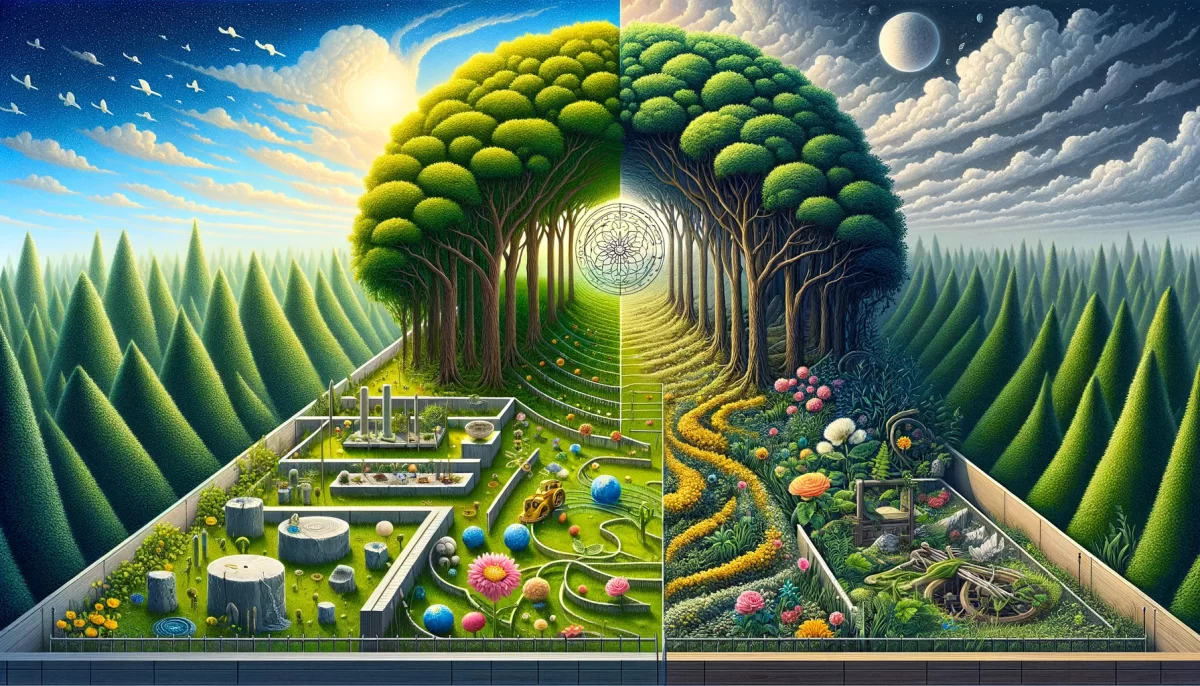
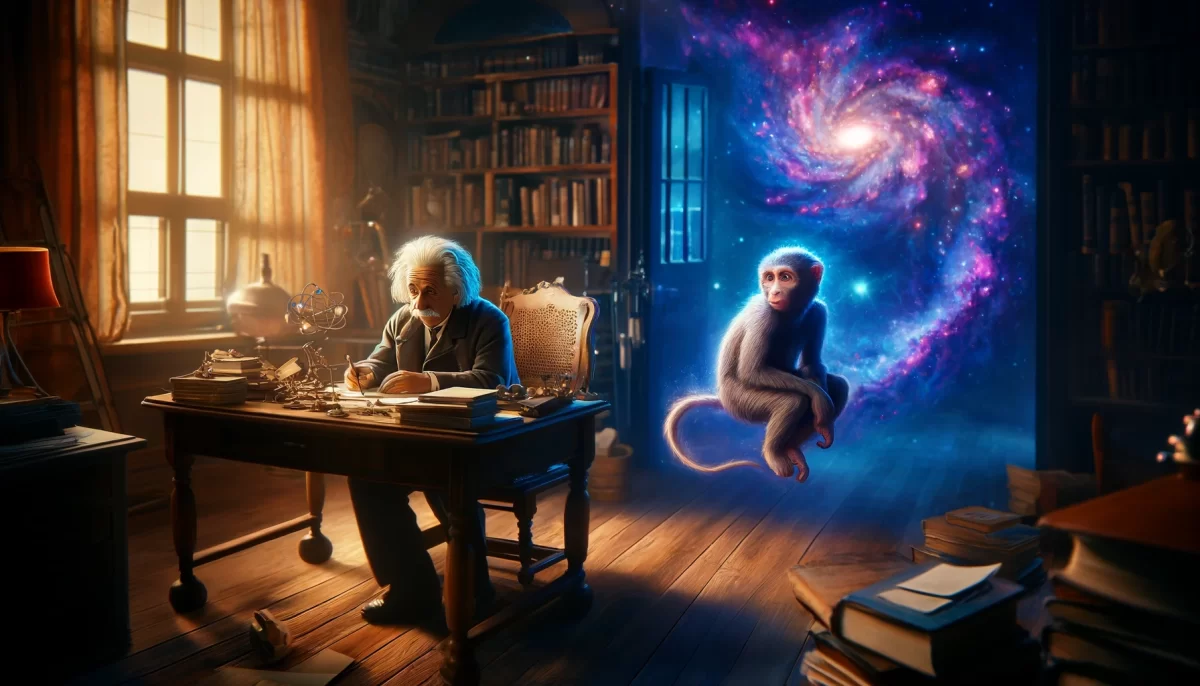
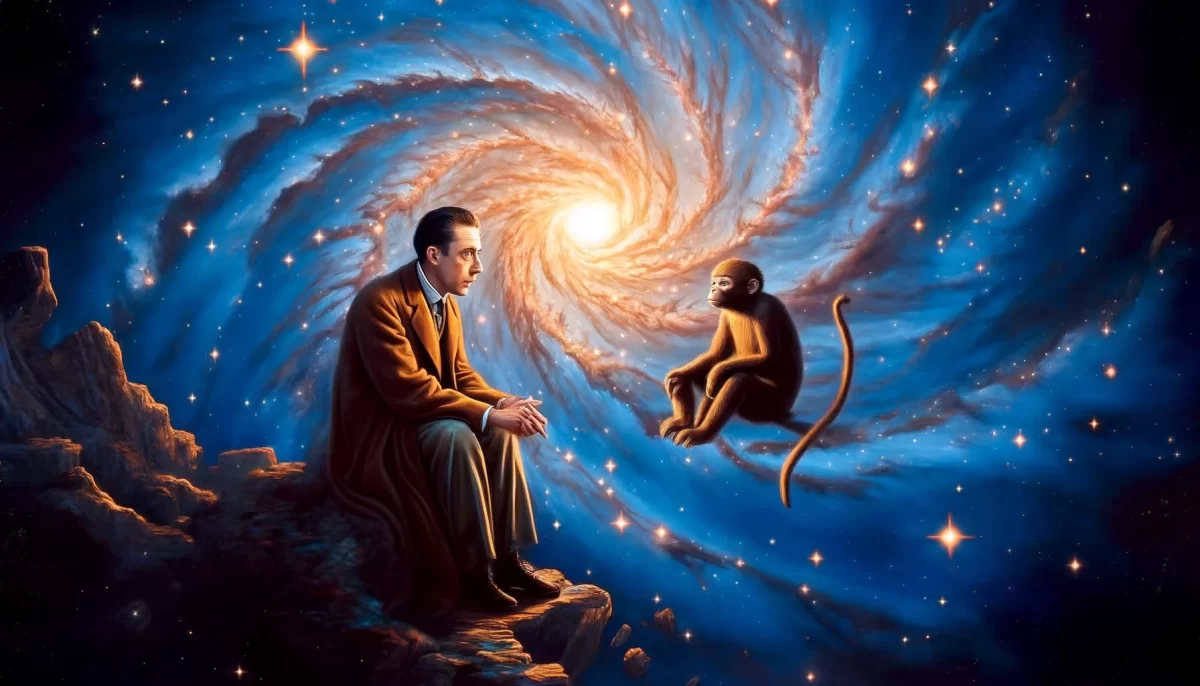


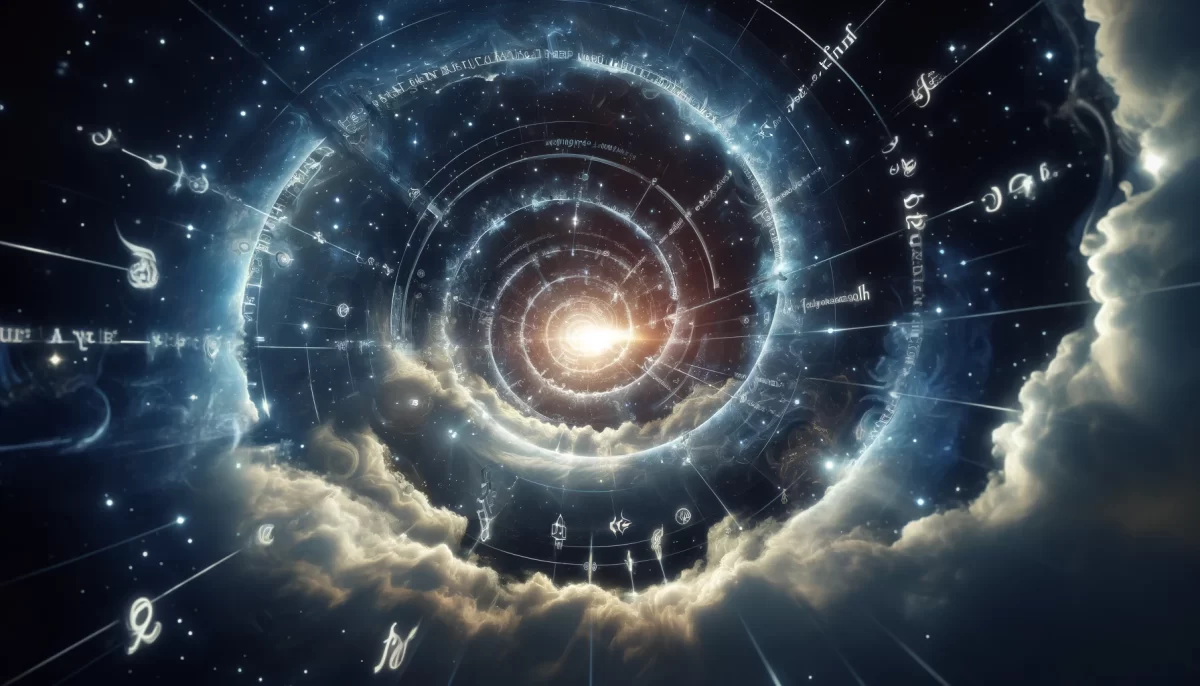







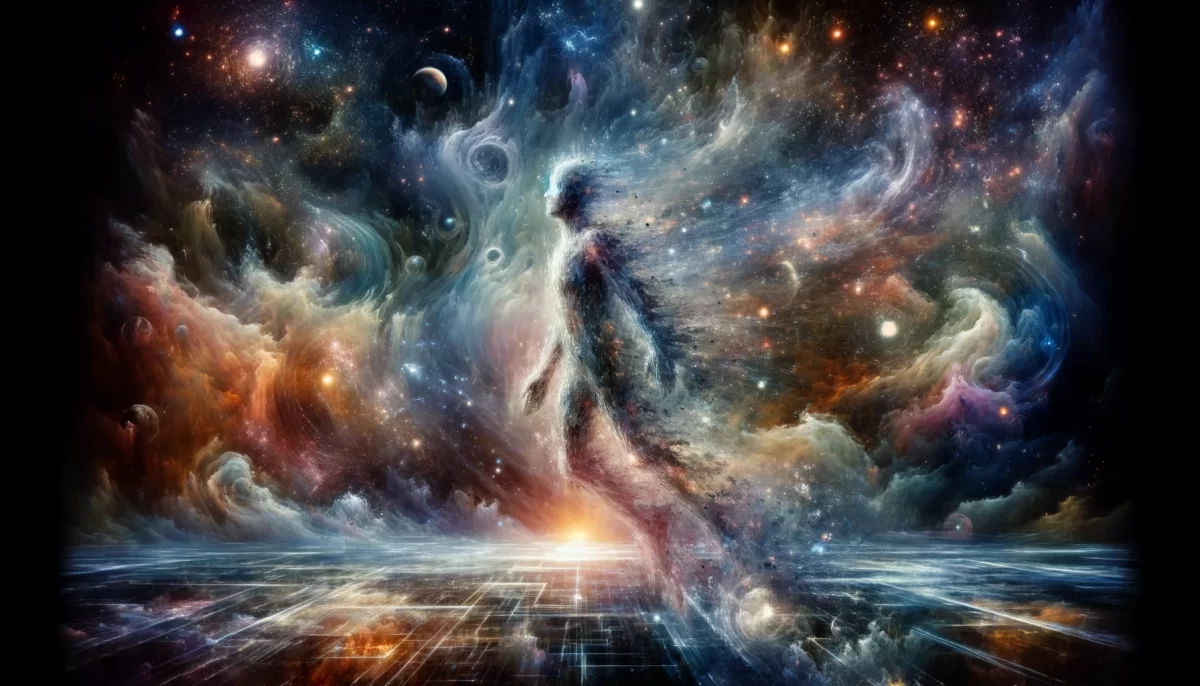
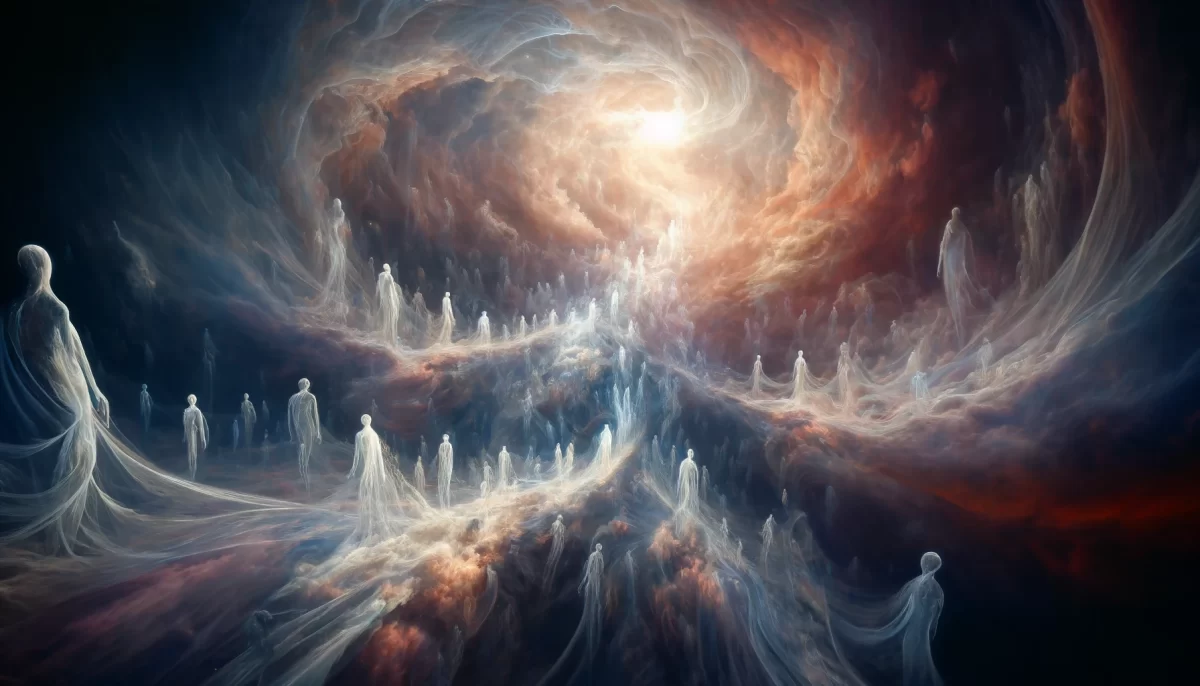
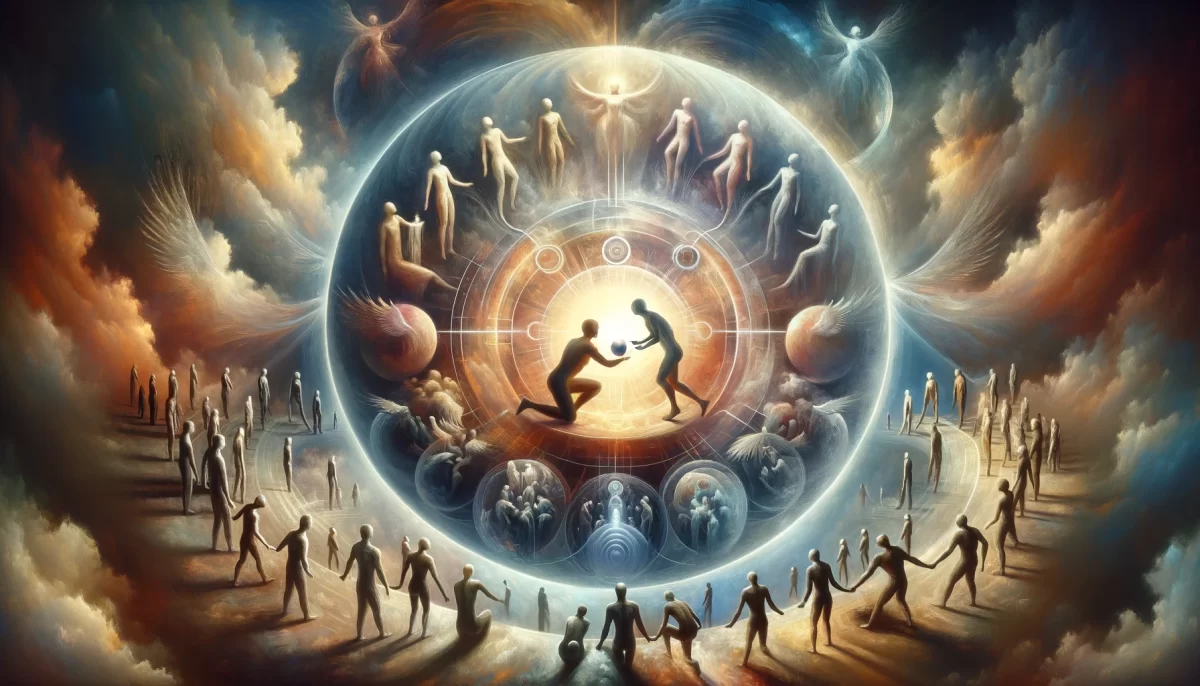
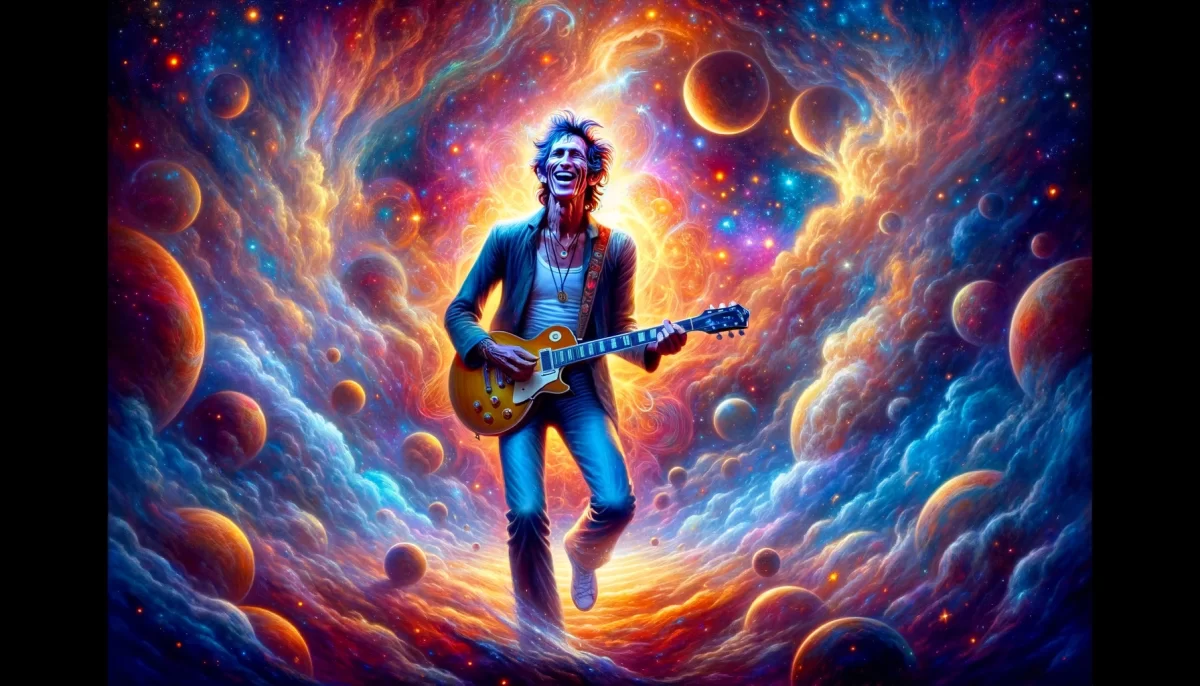



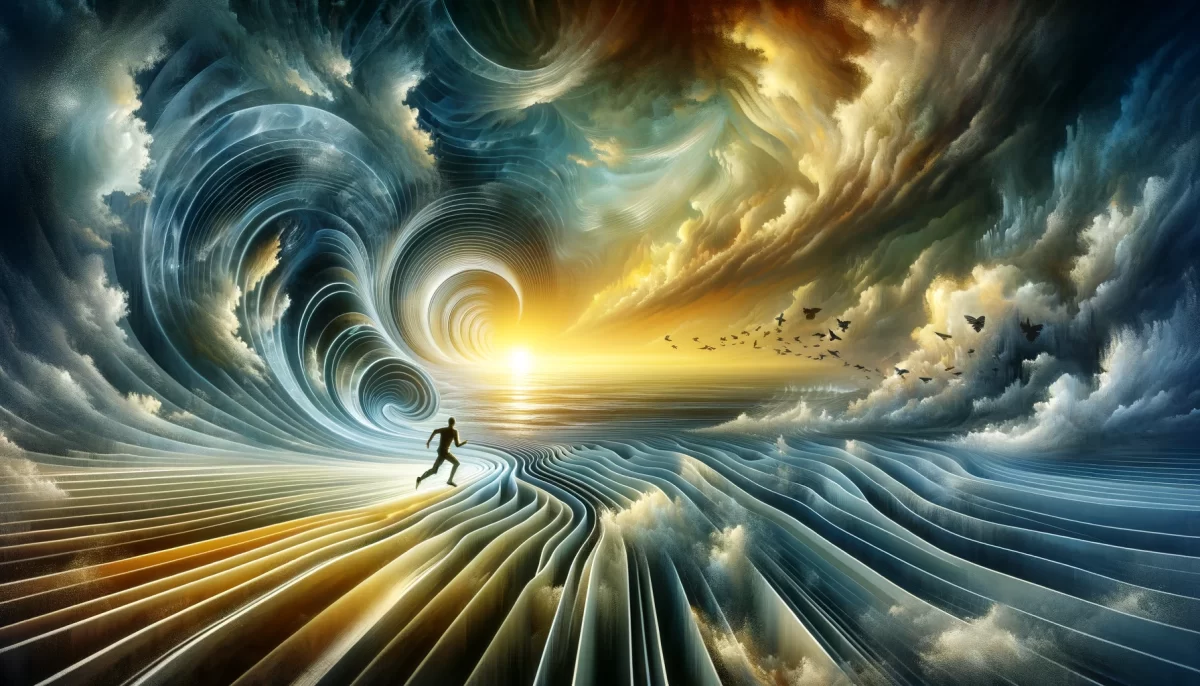
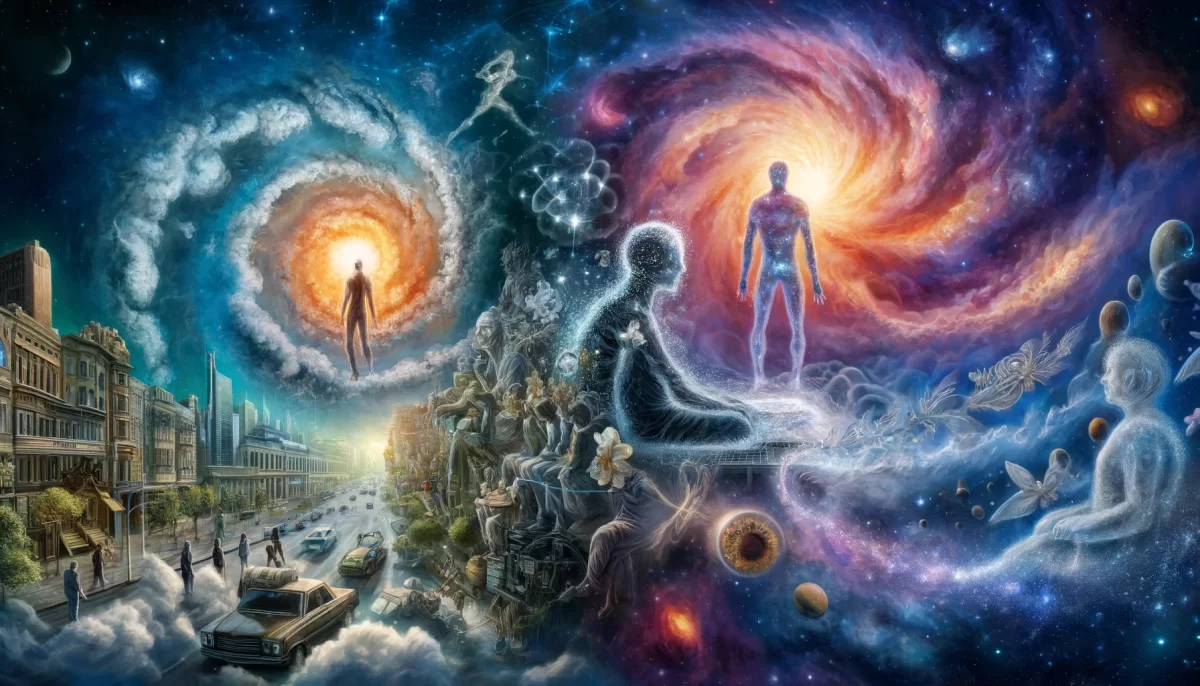

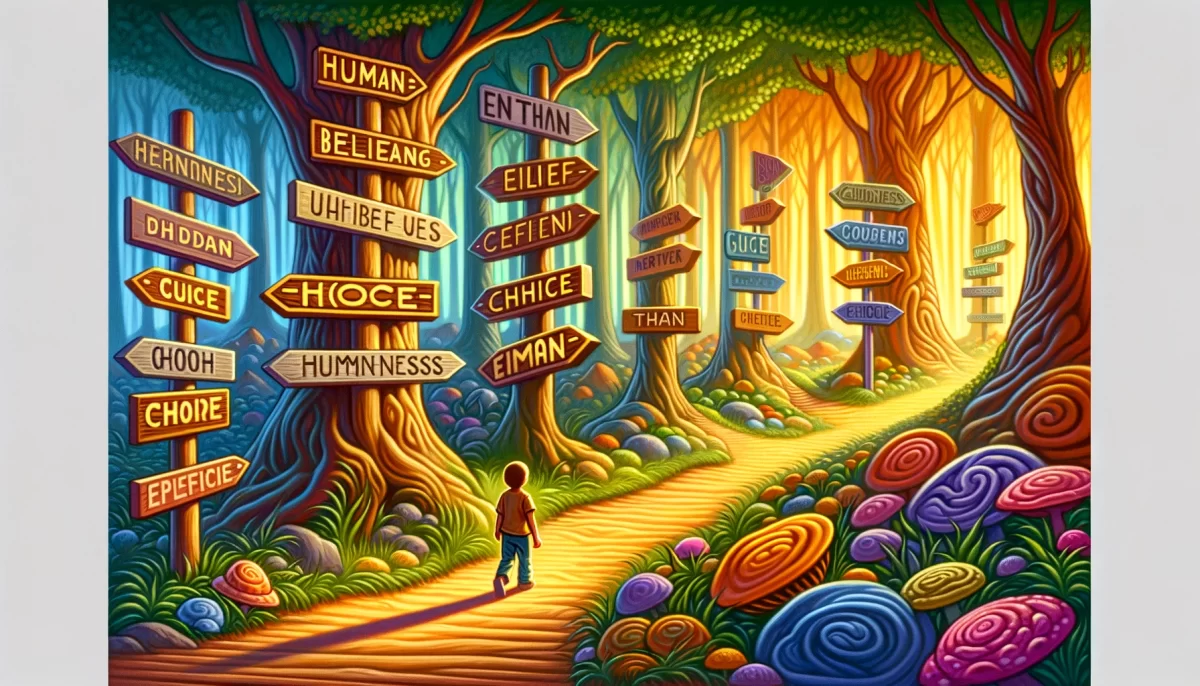
Leave a Reply